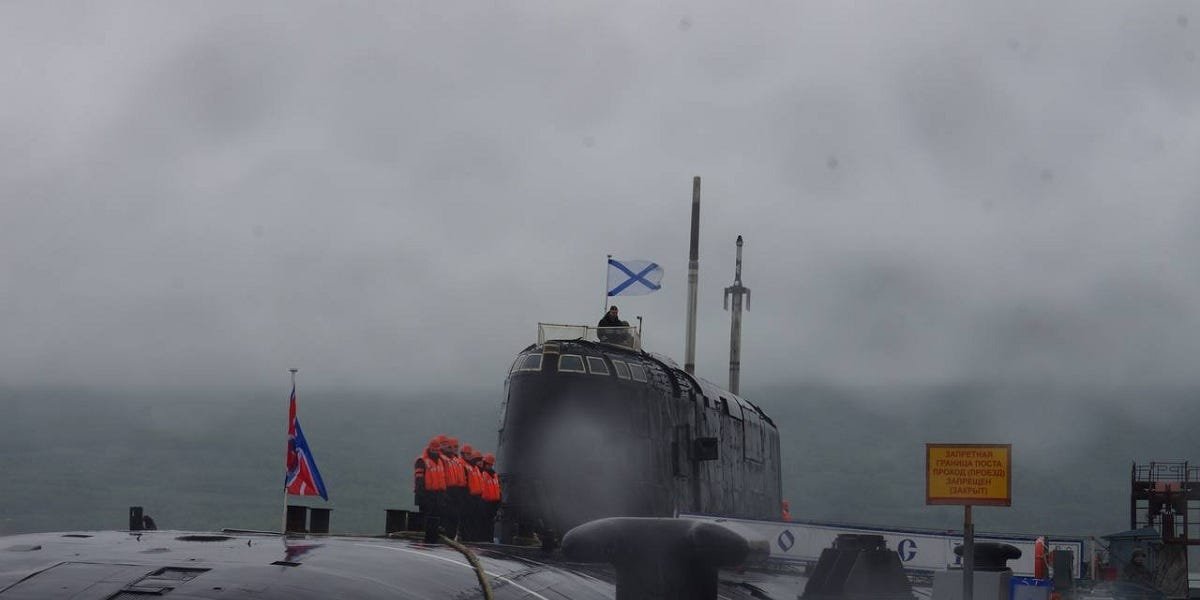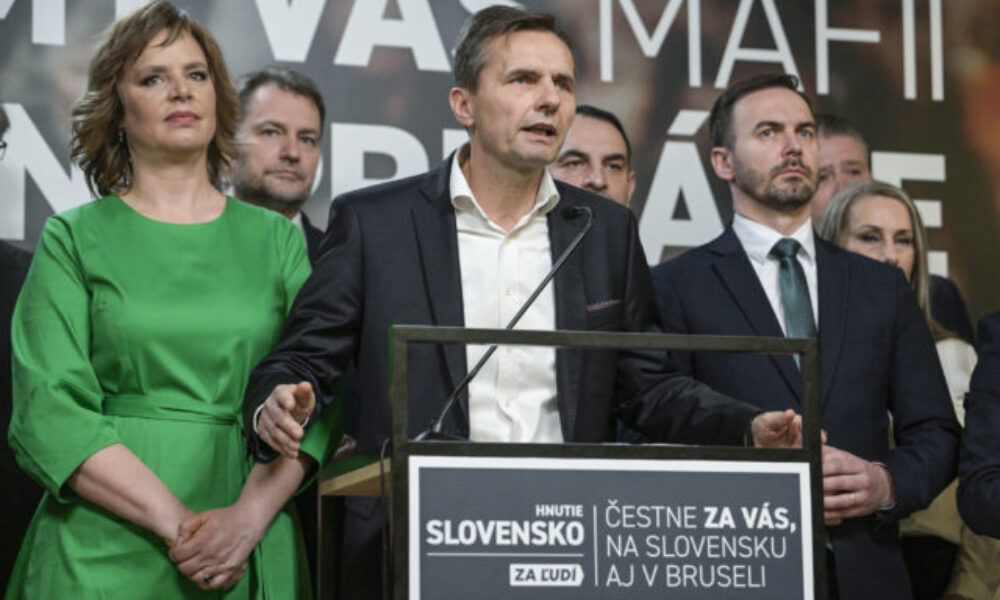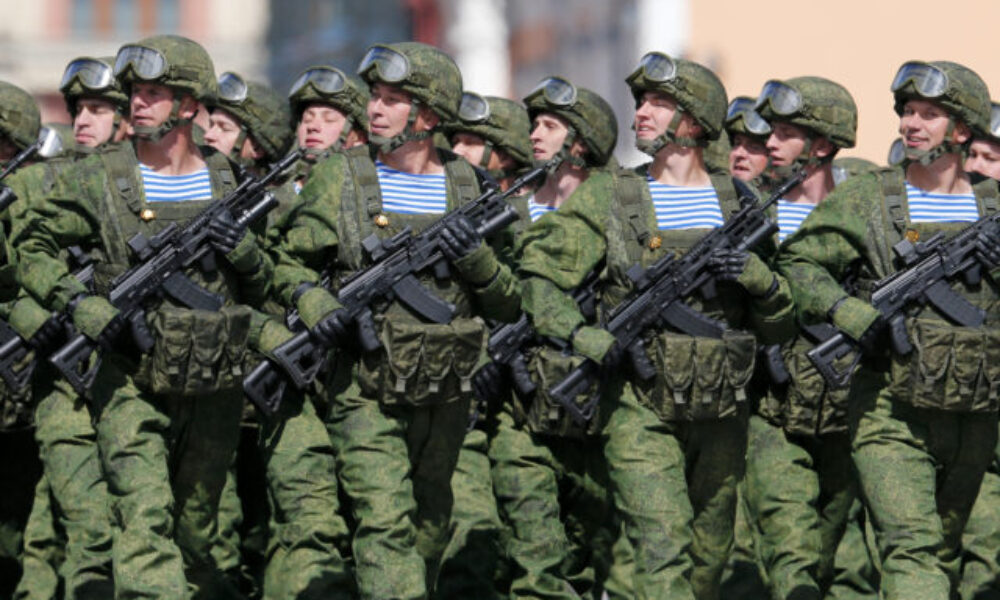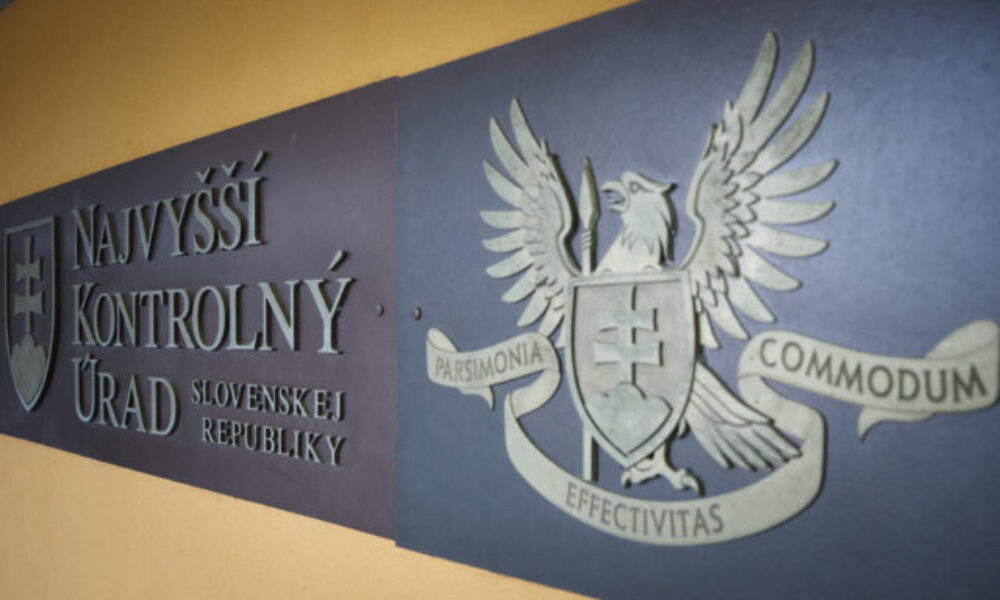
Lately, I’ve been doing a lot of reading on nuclear issues — not a usual topic for me. Since my internship at the UN, I’ve mostly focused on conventional weapons, so weapons of mass destruction were never my priority; in fact, I was even intentionally avoiding them.
Some issues, however, should be known to anyone following Russia’s invasion of Ukraine, as this is a conflict between a nuclear state and a non-nuclear one. This dynamic is repeatedly highlighted by Russia through its constant nuclear threats, both to Ukraine and to Europe.
In June, Ukraine, through its Operation Spiderweb, attacked and damaged or destroyed a third of Russia’s strategic aircraft capable of carrying nuclear weapons.
This marks a unique moment: a non-nuclear state attacking the nuclear delivery capabilities of a nuclear state — an act that could provoke a nuclear response, but did not.
This summary is based on multiple articles and reports by renowned experts in the field, whom I’d like to acknowledge from the start and strongly encourage you to read in full for their timely and insightful analysis.
Fabian Hoffmann, a nuclear strategist and Doctoral Research Fellow at the Oslo Nuclear Project (ONP), writes the excellent Substack Missile Matters, which I absolutely recommend (I’ve probably read all his posts).
Dr. Polina Sinovets, Head and Founder of the Odesa Center for Non-Proliferation, and Dr. Adérito Vicente, a nuclear policy scholar with a Ph.D. in Political and Social Sciences, also consistently publish high-quality reports on nuclear issues, which I will be referring to throughout this post.
If you’d like to support my independent research and the hours I dedicate daily to reading and summarizing reports and news articles, please consider becoming a paid subscriber.
Russia’s Nuclear Arsenal and Doctrine
-
Russia currently deploys ~1,600–1,700 strategic nuclear warheads on ~700 delivery vehicles.
-
Russia’s nuclear triad consists of air, land, and sea delivery systems.
-
Since 2023, Russia has suspended participation in the New START Treaty, creating some uncertainty in arsenal data.
-
There are no indications that Russia has meaningfully expanded its deployed strategic nuclear arsenal since 2023.
-
Intercontinental Ballistic Missiles (ICBMs):
-
Submarine-Launched Ballistic Missiles (SLBMs):
-
The air-based leg (strategic bombers) is the smallest part of Russia’s nuclear triad.
-
Under New START, Russia counted 60–70 Tu-95MS/MSM and Tu-160 bombers.
-
These aircraft make up ~10% of deployed strategic nuclear delivery vehicles.
-
They are expected to deliver about 11% of Russia’s strategic nuclear warheads in a major nuclear conflict (initial strike phase).
-
-
In November 2024, Russia revised its nuclear doctrine, expanding the scenarios for potential nuclear use.
-
Fundamentals of State Policy of the Russian Federation on Nuclear Deterrence outlines the conditions under which Russia may use nuclear weapons:
-
Use is possible if there is confirmed data on a ballistic missile launch targeting Russia or its allies.
-
If an adversary uses nuclear or other weapons of mass destruction against Russian territory, its allies, or Russian forces abroad.
-
If hostile actions disable critical state or military infrastructure, disrupting Russia’s ability to respond with nuclear forces.
-
In the event of conventional aggression against Russia or Belarus (as part of the Union State) that poses a critical threat to sovereignty or territorial integrity.
-
If there is confirmed data on a mass launch or incursion of air and space attack assets—such as aircraft, cruise missiles, drones, or hypersonic systems—into Russian airspace.
-
-
It is also specified that aggression against the Russian Federation and (or) its allies by any non-nuclear state with the participation or support of a nuclear state is considered as their joint attack.
-
This revised nuclear doctrine lowered the threshold for nuclear response by including a conventional attack against Russia and its allies as a possible condition for retaliation.
-
In his article for The Spectator, “How worried should we be about Putin’s nuclear threat?” Fabian Hoffmann says that nuclear doctrines are deliberately vague to keep adversaries guessing about when a response might be triggered. In the end, it’s a country’s leader who decides whether to press the red button.
-
He categorized the nuclear threats of Russia into four types:
-
Cheap Talk:
Most of Russia’s nuclear threats fall into this category. For example, in September 2024, a simulated nuclear strike on London was broadcast by a pro-Putin TV channel. The visuals of the simulation show how the blast would claim 850,000 lives and leave millions of casualties. -
State-Sanctioned Rhetoric:
Official nuclear threats from Russian leaders, including Putin, but still primarily rhetorical. -
Preparations for Limited Nuclear Use:
Activation of military units to ready tactical nuclear weapons; movements are detectable and often signaled to intimidate. -
Preparations for Large-Scale Nuclear Use:
Mobilization of strategic nuclear forces (bombers, submarines, ICBMs); high-risk escalation likely to provoke strong international backlash and isolation.
-
-
Credible preparations for nuclear use could trigger a strong backlash. China, India, and key Global South countries oppose Russian nuclear threats and seek to avoid escalation, as reaffirmed in a Brazilian-Chinese Communiqué.
Ukraine’s Nuclear Aspirations
-
In 1991, Ukraine inherited the world’s third-largest nuclear arsenal: ~1,900 strategic warheads, 176 ICBMs, and 44 strategic bombers.
-
By 1996, Ukraine returned all nuclear warheads to Russia in exchange for economic aid and security assurances.
-
In December 1994, Ukraine joined the 1968 Nuclear Nonproliferation Treaty (NPT) as a non-nuclear weapon state.
-
After Russia’s 2014 annexation of Crimea and conflict in Donbas, some Ukrainian politicians urged withdrawal from the NPT and restarting the nuclear program.
-
In spring 2021, amid Russian troop buildup, Ukraine’s ambassador to Germany (and now to the UN), Andriy Melnyk, warned that without NATO membership, Ukraine might need to “arm itself” and reconsider nuclear status to ensure its defense.
-
In October 2024, President Zelensky mentioned Ukraine’s interest in acquiring nuclear weapons: “Either Ukraine will have nuclear weapons, and then it will be a defense for us, or Ukraine will be in NATO. NATO countries are not at war today. All people are alive in NATO countries. And that is why we choose NATO over nuclear weapons.”
-
Ukraine’s nuclear interest—mostly rhetorical—stems from Western reluctance to provide a security framework like NATO membership, leaving Kyiv seeking alternatives.
-
In November 2024, Ukraine’s MFA emphasized the country’s commitment to the NPT and assured that it is not developing nuclear weapons and has no intention of acquiring them.
-
Public support for Ukraine’s nuclear armament rose from 30% (1994) to 73% (December 2024) per the Kyiv International Institute of Sociology.
-
A 2024 Ukrainian Ministry of Defence report concluded that Ukraine could build a nuclear bomb using ~7 tons of spent plutonium from civilian reactors.
-
Ukraine’s scientific capacity is sufficient for developing nuclear weapons, similar to the plutonium core tech of the 1945 Fat Man bomb, write Polina Sinovets and Adérito Vicente in their report “How to Deter Russia: More (Nuclear) May Be Better?”
-
However, the country lacks the necessary reprocessing facilities to extract and weaponize this material, which would require significant time and resources.
-
There are also political obstacles. Ukraine is bound by the 1994 NPT commitment as a non-nuclear state; reversing this would trigger global condemnation, diplomatic isolation, and risk sanctions.
-
Pursuing nuclear weapons risks losing Western support, including military and financial aid from NATO allies.
-
Additionally, a Ukrainian nuclear program would face strategic vulnerabilities: exposure to Russian pre-emptive strikes and lack of credible second-strike capability, weakening its deterrence.
-
According to Prof. Dr. Michael Manulak, talking in Brian Crombie’s podcast, the war in Ukraine is pushing the world into a potentially destabilizing era of nuclear proliferation.
-
We are already witnessing major powers—including the U.S., Russia, China, and others—rapidly modernizing their arsenals, while countries like Iran could soon join the ranks of nuclear-armed states.
-
As U.S. security guarantees to allies such as Australia, Japan, and European states begin to weaken, more countries may seriously consider developing their own nuclear weapons.
-
At the same time, key institutions like the Non-Proliferation Treaty (NPT) and UN disarmament mechanisms are struggling to cope with the growing challenges.
-
The failure of Ukraine’s security guarantees after giving up its nuclear arsenal serves as a cautionary tale, reinforcing the perception that having nuclear weapons is necessary for survival.
-
For instance, Poland voiced its interest in nuclear weapons on two occasions – either by developing its own arsenal or by hosting US nuclear weapons.
-
In a recent op-ed published in Maclean’s, Canada’s primary current affairs magazine, the author proposed that becoming a nuclear power—something well within Canada’s capabilities—could be one of two strategies to resist the direct threat of American annexation.
Operation Spiderweb and Deterrence Alternatives
-
Operation Pavutyna (Spiderweb), executed by the Security Service of Ukraine in June 2025, involved over 100 drones targeting four Russian airbases. It took 18 months to prepare. Read my summary of this operation here.
-
SBU reported damage to 41 Russian aircraft, while independent analysts confirmed 22 damaged.
-
Russia’s strategic bombers are dual-capable, meaning they can deliver both nuclear and conventional weapons. It remains unclear if any destroyed bombers were part of Russia’s nuclear forces.
-
No nuclear escalation occurred despite targeting nuclear-capable assets, challenging fears about an automatic nuclear response.
-
According to Fabian Hoffmann, Russia’s air-based nuclear leg is the least prioritized, responsible for only about 10% of delivery vehicles and 11% of warheads.
-
From an escalation perspective, air-based nuclear assets are less critical than submarine-based or silo-based systems. If Ukraine had hit a Russian SSBN instead, it would have been more escalatory due to their central role in nuclear deterrence.
-
The operation shows the vulnerability of strategic forces globally to creative, low-cost, asymmetric attacks, including those from drones.
-
The attack underscores similar vulnerabilities in the US bomber fleet, which is often parked in the open.
-
A Telegraph investigation revealed major security gaps at Britain’s most critical military bases hosting nuclear-capable fighter jets, protected only by 5ft fences, leaving them vulnerable to attacks by activists or foreign agents.
-
The drone threat is underestimated in strategic nuclear planning, especially for homeland defense.
-
The future of conflict requires embracing asymmetric deterrence, not just traditional strategies. In asymmetric deterrence, effectiveness is measured in aggregate, not per-unit performance.
-
Drones can enhance nuclear force survivability by providing early warning and persistent surveillance.
-
Integrating drones may also strengthen second-strike capabilities, boosting the credibility of a country’s nuclear deterrent.











